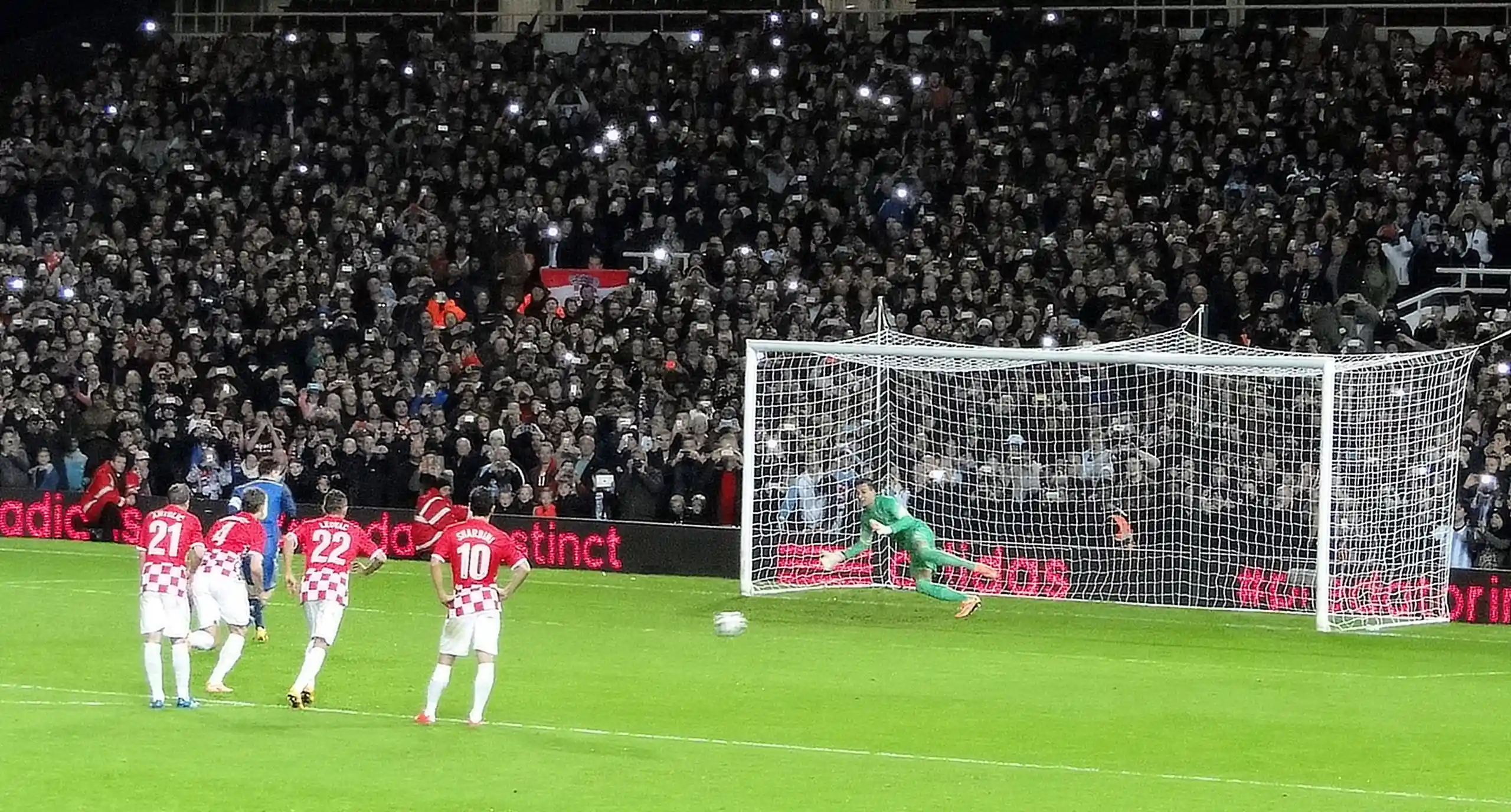Topics
- Article
#WHOOPEd Weekly Digest, Vol. 9

Smartphones may actually help teenagers sleep? Plus the psychological state of the “clutch performance” in sports.
Wednesday, July 5
The iPhone is ruining teenagers’ sleep patterns. But it can also fix them
http://www.wired.co.uk/article/sleep
- Delayed sleep onset: Smartphones represent an additional delay to sleep onset, and the group most vulnerable to this is teenagers. They are biologically predisposed to get to bed late and get up late. This has behavior has been exaggerated by the use of the internet, texting, and emailing.
- Light from screens isn’t the culprit: There isn’t enough evidence to suggest that the screen light from devices is causing the sleep onset delays. In fact, a study conducted by Harvard found that when people read e-books at full screen intensity before bed that only delayed sleep onset by 10 minutes.
- Screen time before bed heightens arousal: The main effect of screen time seems to be the arousing nature of the content people are consuming. Looking at social media, watching videos and shows, texting with friends all stimulate activity in the brain rather than signaling that it’s time to wind down for sleep.
- Oxford professor Russell Foster – “Increasingly I think that [smartphones] will be enormously powerful in supporting many areas of health, not least sleep, via the appropriate app.”
- Foster’s advice: Turn phones off 30 minutes before you want to go to bed to get in a relaxed state. Stop doing emails, stop texting, and do something that relaxes you.
Thursday, July 6
What is the psychological state underlying “clutch performance” – excelling under pressure?
Researchers from Australia and England interviewed 16 athletes from around the world a few days after they had delivered an excellent sporting performance under pressure. They asked the athletes to describe their recent outstanding performance in as much detail as possible, including what they were thinking and feeling at the time.
Analysis of the answers determined that there were 12 characteristics that underpinned a clutch performance.
Flow-like characteristics:
- fully absorbed in the task to the point that they were unaware of the crowd
- high levels of confidence
- a sense of control over their performance and situation
- enhanced motivation to succeed
- enjoying it just enough, but not too much
- being fully alert
Characteristics that were distinct from flow:
- deliberate focus on the task at hand
- having intense effort over a period of time, often characterized by not holding anything back
- heightened self-awareness of what he or she was thinking and feeling at the time
- high arousal levels
- automaticity of skills
- the absence of negative thoughts and perceived consequences if they failed
The research suggests that clutch performances are not only attained through refraining from overthinking but also through high levels of self-monitoring and making a conscious effort to raise one’s performance.
Strategies such as deliberate focus, high arousal levels, and confidence are malleable, meaning they can be practiced and developed. This is a key finding as it stresses that clutch performance isn’t innate or effortless but can be made possible by an athlete’s mental preparation.
RELATED: From The Ringer, story entitled King of the Unclutch suggests WHOOP could be used to see if MLB players’ heart rates change in key situations.
Friday, July 7
Heart Rate Variability: A Novel Modality for Diagnosing Neuropathic Pain after Spinal Cord Injury
http://journal.frontiersin.org/article/10.3389/fphys.2017.00495/abstract
- The study aimed to measure the capacity of HRV parameters to diagnose neuropathic pain in a spinal cord injury cohort.
- HRV was measured for a healthy control group of patients with spinal cord injury only as well as a group of patients with spinal cord injury and neuropathic pain.
- At rest there were no heart rate differences between the two groups. However, the spinal cord injury and neuropathic pain patients demonstrated lower overall HRV.
- This finding suggests that HRV analysis has the capacity to objectively quantify chronic neuropathic pain in patients with spinal cord injury.